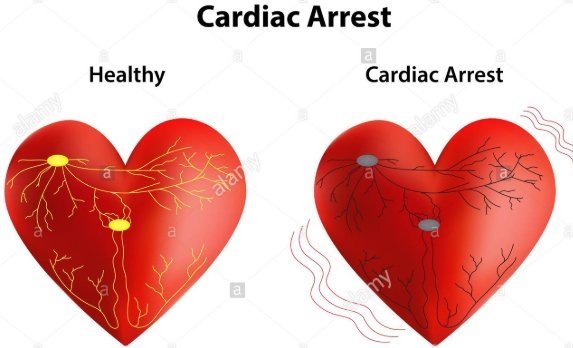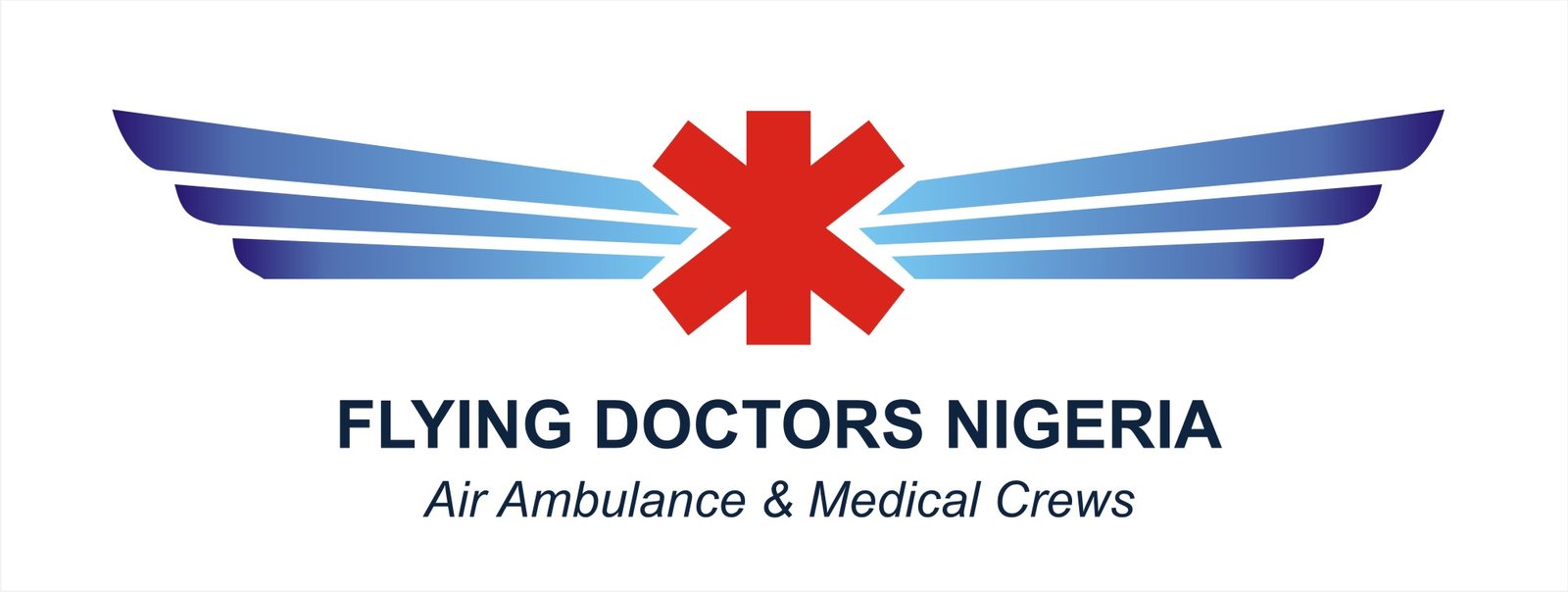When your heart stops beating, chances of recovery diminish by the second. This is extremely important for people who work in remote locations. Although air ambulances can save lives, there is still unfortunately a wait to pass through before they arrive.
There are many things that can cause the heart to stop not just ischemic heart disease. The heart runs on an internal electrical system that regulates the rate and rhythm of the heartbeat. From time to time, the electrical system can have problems, causing abnormal rhythms called arrhythmias. Some arrhythmias can cause the heart to stop pumping blood, causing sudden cardiac arrest. This can happen to anyone. You, your staff, your friends, or your colleagues.
Now, it is important for us to know that cardiac arrest is not synonymous with a heart attack. However, a cardiac arrest may be a complication of a heart attack. Although people with heart problems have a high risk of Sudden Cardiac Arrest, most Sudden Cardiac Arrests happen in completely healthy people with no history of heart disease.
There are many things that can interfere with the heart’s electrical system and these are:
- Coronary heart disease (CAD)/Heart attack
- Electric shock/electrocution.
- Respiratory arrest.
- Overdose on certain drugs.
- Trauma
What are the signs of a stopped heart?
According to the American Heart Association (AHA), the warning signs are;
- Loss of consciousness
- Cessation of normal breathing
- Absence of pulse
- Absence of blood pressure
Death occurs within 4 to 6 minutes after the heart stops. It is estimated that 95% of such cases result in death.
How can a stopped heart be reversed?
In a situation like this, every second counts. To save the patient, it is imperative that the heart be restarted as soon as possible. It can happen that heart function is restored but brain death has already set in due to interruption of blood and oxygen supply.
There are several ways to restore a normal heartbeat:
Electric shock using defibrillators is a scene that we often see in emergency rooms. In settings away from hospitals, the use of automated external defibrillators (AEDs) has saved many lives.
Cardiopulmonary resuscitation (CPR) is to manually restore the heartbeat by applying pressure to the chest region.
According to the AHA,
A stopped heart can be reversed if it’s treated within a few minutes with an electric shock to the heart to restore a normal heartbeat. This process is called defibrillation.
Defibrillation is a common treatment for life-threatening cardiac dysrhythmias, ventricular fibrillation, and pulseless ventricular tachycardia. Defibrillation consists of delivering a therapeutic dose of electrical energy to the affected heart with a device called a defibrillator. Defibrillators can be external, transvenous, or implanted, depending on the type of device used or needed. Some external units, known as automated external defibrillators (AEDs), automate the diagnosis of treatable rhythms, meaning that lay responders or bystanders are able to use them successfully with little or in some cases no training in Defibrillation at all.
A victim’s chances of survival are reduced by 7 to 10 percent with every minute that passes without defibrillation and cardiopulmonary resuscitation(CPR). Few attempts at resuscitation succeed after 10 minutes… It’s estimated that more than 95% of stopped heart victims die before reaching the hospital. In cities where defibrillation is provided within 5 to 7 minutes, the survival rate from suddenly stopped heart is as high as 30-45 percent.
Because a stopped heart is very time-critical, waiting for emergency services to arrive may be too late. This is why Automated External Defibrillators are available in crowded public places, e.g. airports, sports stadiums, and public events where people gather.
The Flying Doctors Nigeria can supply AEDs and train your staff to use them, we can also provide essential air ambulance transportation to facilities where essential post-cardiac arrest treatment can be obtained.
To learn more, visit our website www.flyingdoctorsnigeria.com or email us: fdnsales@flyingdoctorsnigeria.com, emergency@flyingdoctorsnigeria.com


